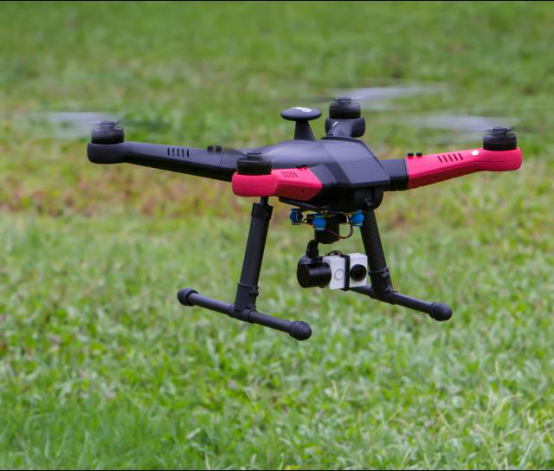Myth 1: The business cycle is over Many people will say that due to the increasingly widespread and diversified application of electronic components, regional markets and product classification, the cycle from boom to trough will be offset, but Penn observes The historical record shows that in fact, the semiconductor manufacturing industry will make decisions on a time scale that is longer than the design industry. It is not a whim. Therefore, people who believe the above statement: "It's crazy!"
Myth 2: The market has matured Many people regard the decline in the average annual growth rate of the semiconductor market as the industry has matured, and also believe that the high growth rate is no longer the event; but Penn's question is: "If so, that Why does it cost me to do long-term research and development?†He foresees that the market has some unstable short/medium demand, while the long-term demand is stable, with an annual growth rate of about 11%; Demand provides gold streaming services and what they will do.
Myth 3: The average sales price of the product will continue to decline. Penn believes that ASP will not fall forever, otherwise there may be a situation where semiconductor suppliers have to pay in return for customers to use their chips. . The price of individual ICs will decline as supply increases, but ASP will rebound as semiconductor companies introduce higher-capacity, better-performing chips; but he also pointed out that between 2002 and 2009, the chip ASP is It is because some factors are suppressed. "There is no historical precedent or economic explanation to support this (ASP will continue to decline) hypothesis; the market will self-correction." Penn asserted that he also estimated that the market trend has been turned in the third quarter of 2009, Chip ASP has been showing a six-season rise.
Myth #4: Fabs don't have strategic value Penn pointed out that this myth is gradually fermenting in the “post-web bubble eraâ€. He can come up with many reasons, most of which are related to finance and short-term. Attractive; but considering the recent shortage of semiconductor supplies, and Texas Instruments' production of analog ICs at 12-inch fabs, the foundation of the "fab-lite" concept seems to have shown signs of shakyness. .
Myth #5: The fabless business model is successful. There are many successful fabless chip makers, but they have been tried for some time, and success is not a blemish. In the world's top 40, there are no crystals. Among the Yuan IC manufacturers, only one company has been established for less than 10 years; and the world’s top ten fabless IC companies have an average corporate age of 20 years. In addition, 33 of the world's top 40 fabless IC companies have been established for more than 15 years. Penn pointed out that the frustrations faced by the fabless business model are up to the question of whether the wafer supply is safe, down to the IC design cost, product out of stock, and exit mechanism; he wants to emphasize that this is not just a This business model is closely related to execution.
Myth 6: The business model of the 21st century is concentrated rather than extensive. Penn pointed out that the current trend of business intelligence is: specialization, light fab mode, peer consolidation, narrowing the scope of research and development, reducing product lines, and everything can be Foreign OEM... "These are all unfounded historical sources, purely speculative, and fundamentally flawed; but they are very suitable for the short-term goals of the company;" He said that, in short, presumptuous corporate managers have replaced Visionary entrepreneurs.
Aerial pthography drone which is generally used for aerial photography, it`s always eqquipped with a gimbal and camera, by adjusting the camera angle via the remote, we can easily get different scenes we need, Hero-550 is suitable for small camera like Gopro and Storm-800 can carry bigger camera like zoom camera, mirroless camera and thermal or infrared camera.
Ideafly Aerial Photography Drone Hero-550 with camera
Equipped with a gimbal and gopro camera, you can switch angles to meet your needs,fly for 25 mins, smooth and fluid footage during complicated maneuvers, switching flight modes to your demands.

(aerial photography drone)
Ideafly Camera Drone Storm-800
Suitable for various size of cameras, considerable payload capacity and precise positioning brings you trilling flight experience as you speed through the air, you will fall in love with your Storm-800.

(aerial photography)
Aerial Photography Drone
Aerial Photography Drone,Aerial Photography Equipment
Shenzhen Ideafly Technology Co., Ltd. , http://www.ideaflyuav.com